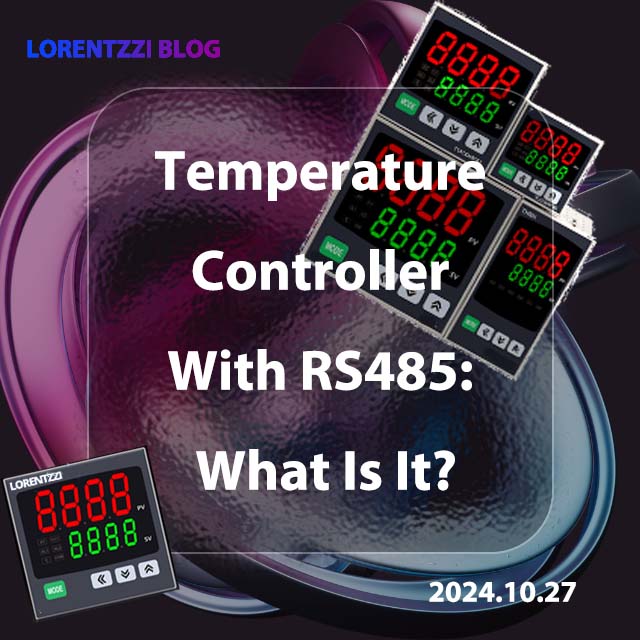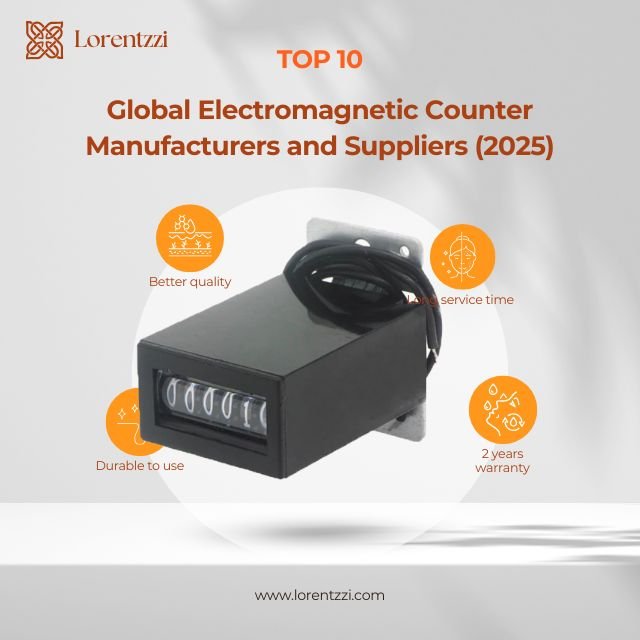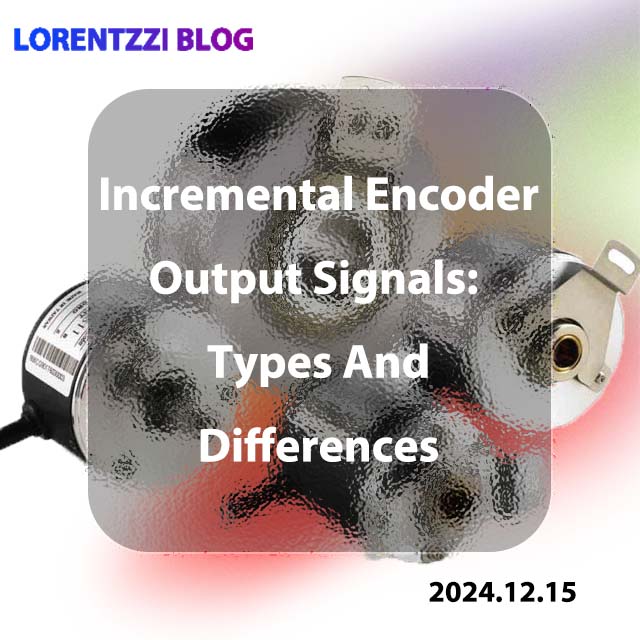SSR and SCR are two common actuators used in industrial equipment, especially in temperature control systems. They have 4 BIG differences, as detailed below:
Names differences between SSR and SCR
SSR stands for Solid State Relay, while SCR stands for Silicon Controlled Rectifier.
Different functions of SSR and SCR
SSR is an electronic switching device with on/off functionality and does not have the ability to adjust voltage and current. In contrast, SCR adjusts the output voltage by controlling the conduction angle within each power cycle (phase control), enabling power regulation. Additionally, SCR can also be used as a switch.
Different control signals
SSR has two control signal options, DC 3-32V and AC 70-280V for switching. When either of these signals is applied, the SSR load circuit will open. On the other hand, SCR’s control signals are analog signals such as 4-20mA, 0-5VDC, 0-10VDC, or potentiometer signals.
Different applications in temperature control systems
SSR is primarily used to control small power heaters, while SCR is commonly used to control high-power heaters. As mentioned earlier, SSR functions as a switch, so using it to control large loads can result in frequent on/off cycles, causing voltage drops in the power grid, circuit overload, and power outages.
conclusion
In summary, SSR and SCR are vital actuators in industrial temperature control systems. While SSR functions as an on/off switch, SCR offers adjustable power regulation through phase control. They differ in control signals and applications, with SSR suited for small heaters and SCR for high-power ones. Choosing the right actuator is essential for effective temperature control and preventing potential operational challenges.






